Hollywood - Where Dreams Come True?
Written by Andrea Tangelo
Photo Credit: Kirk McKoy/ Los Angeles Times
When you think about Hollywood, what probably comes to mind is the glitz and glam of your favorite celebrities and the place where all the big-budget movies are made. But just like every other city that is known for a trademark phenomenon, the “native” locals have a different experience and bring other cultures that take part in that city.
Director Mikey Alfred shows us another side of Hollywood in his debut film North Hollywood, giving us a look into skate culture as we follow Michael’s character in his journey to becoming a pro skater. The film largely reflects Alfred’s life; as he grew up in North Hollywood, he aesthetically shows you his hometown through his eyes, birthing his auteurist style.
Before his debut feature, Alfred had created a few short films that heavily influenced the cinematography in North Hollywood. After utilizing a primarily indie LA -hip hop tracklist throughout the film, Alfred switches it up a bit by adding the 1950s rock and jazz sounds to set the tone for scenes, including the works of Arthur Lee Maye and The Crown, Shirley Horn, Bill Haley & His Comets and more musicians from that era. From local skateparks to the hangout spots where he and his skate group, Illegal Civilization, could be found, the backdrop for many of the locations in the film were locations that Alfred would frequent while growing up in North Hollywood. In fact, many of Alfred’s fellow skaters also played several lead roles in the film, enhancing the interplay between his own life and the film's fiction.
Photo Credit: Everett Collection
While the cinematography is amazing, the plot of the film tends to fall short. It becomes less about Michael’s professional skating and more about becoming an adult, making it more of a coming-of-age film than anything else. Pursuing a pro-skating career is where Michael learns the small lessons about being an adult as he is trying to make that first big step out of high school.We never really get to see him skate in the film, leaving the audience to question what the point is of the turmoil he was causing in his life; we as viewers don’t even know if he can genuinely skate.
Its linear structure forces us to focus on one theme and one person. The moment you get some type of character development, the film closes its doors. Michael projects his fear onto his friends and family by believing that they are not supporting his dreams. He pushes them away when he constantly gets caught lying to them about his whereabouts when hanging with a more well-known skate crew. The continuous cycle is played throughout the entire movie and ends when he has honest conversations, later finding out that they only want what is best and support him. These moments occur in the last ten minutes, ending with a scene of him skating off into the sunset, reciting a poem about the journey ahead being a lonely one. The audience never gets to see beyond this new learned experience, left wondering if Michael ever goes pro, but left with reassurance that he will always have the support of his loved ones.
Director: Mikey Alfred
Running Time: 93 Minutes
Available on select streaming services
Andrea is a Production Coordinator based in Brooklyn, NY whose true passion lies far away from the set and more on what is given on screen.



